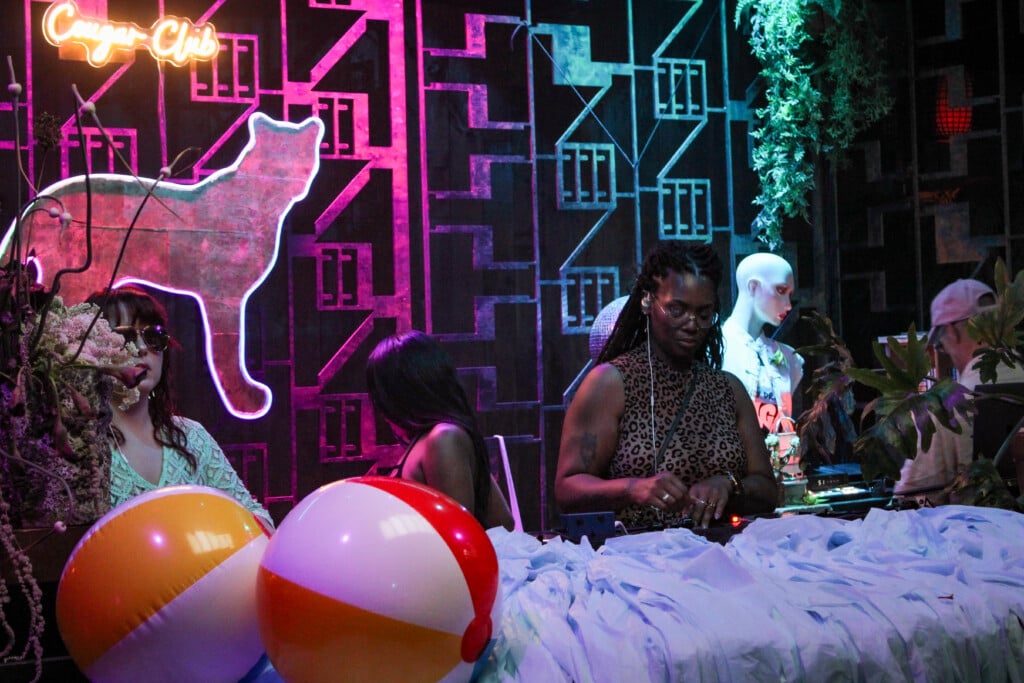Samara Umbral goes deep at Haw Contemporary


Samara Umbral’s new works at Haw Contemporary show an appreciation for the classical masters of figure painting but are roughly the size of modern cellphones. The images in her F, which opens Friday, September 18, recall the coolly theatrical 1930s paintings of Balthus, with that artist’s surrealist flair overwritten by a detailed portrayal of sexualized youth. Yet nothing here is voyeuristic or sensational; Umbral’s figures are instead figments of memory, the recollection of young womanhood as an elemental alteration — snow becoming water.
The girls sharing an intimate moment in “Reagan and Alice After School” could almost be the Greek mythological graces — often depicted as three young women in sheer drapery, partly nude, hands around one another’s curves. Here, soaked fabric clings to skin, but the center figure is dry, her expression the hesitant laughter of half-agreement. The most visible figure — in wet clothes with an anchored, confident stance — embraces her dry friend as if persuading her to dive into the water will reaffirm their bond.
Like water, Umbral herself is in transition, from male to female. The paintings in F pine for the vulnerable and tumultuous state of young womanhood, not from someone who has recently emerged from its chrysalis but with the sadness of someone who won’t know it. Umbral did not begin her transition until after what she has characterized as the damaging experience of boyhood puberty. The two main figures in “After School” echo the duality and trauma of Umbral’s past. There is confidence in the woman whose back is turned, but her posture leaves open questions about how she will negotiate the world around her.
Umbral’s beautiful figure paintings are among the most engaging works I’ve seen this year. They provoke powerful feelings, these loss-planted images that have grown into love.




